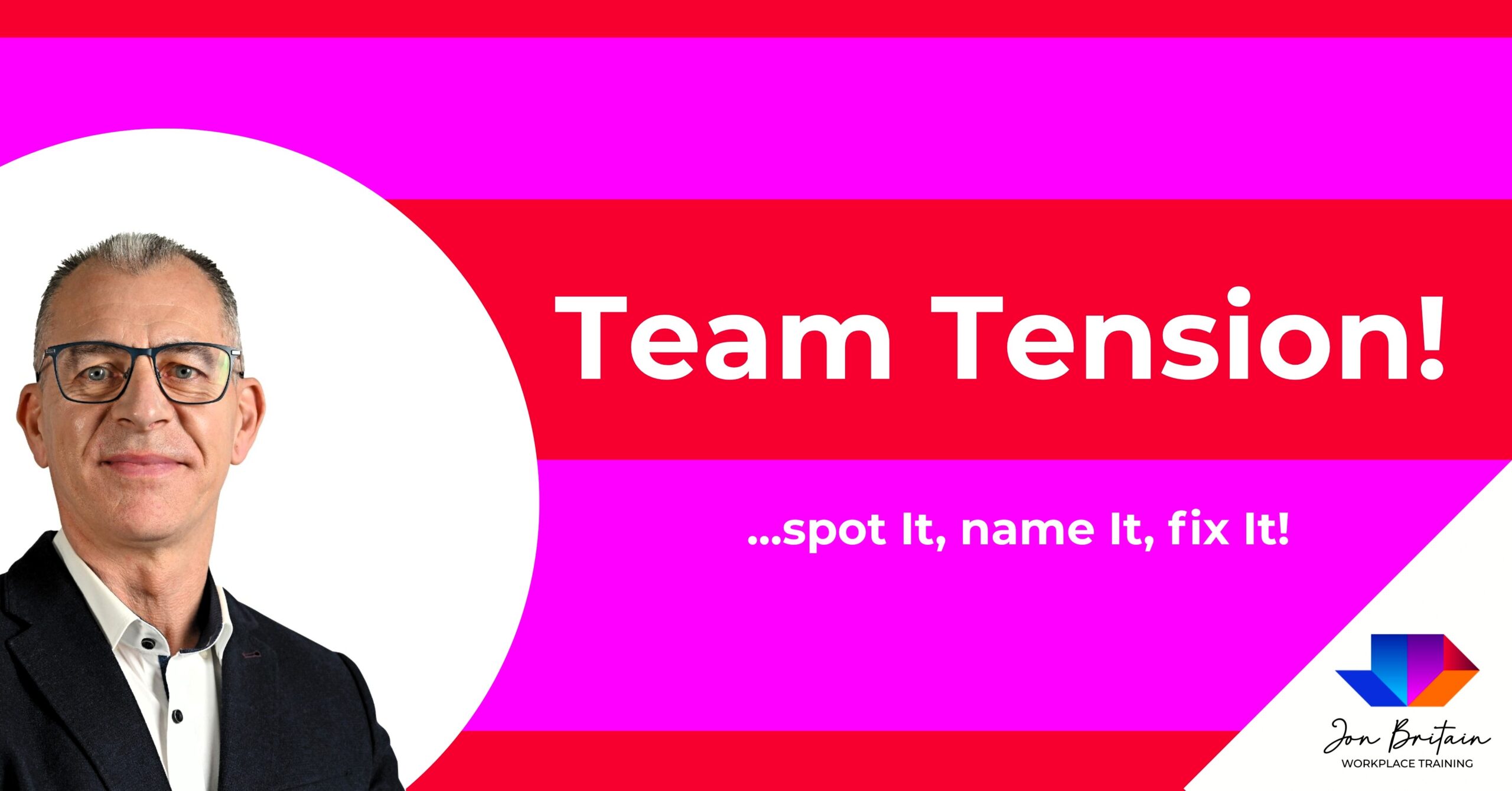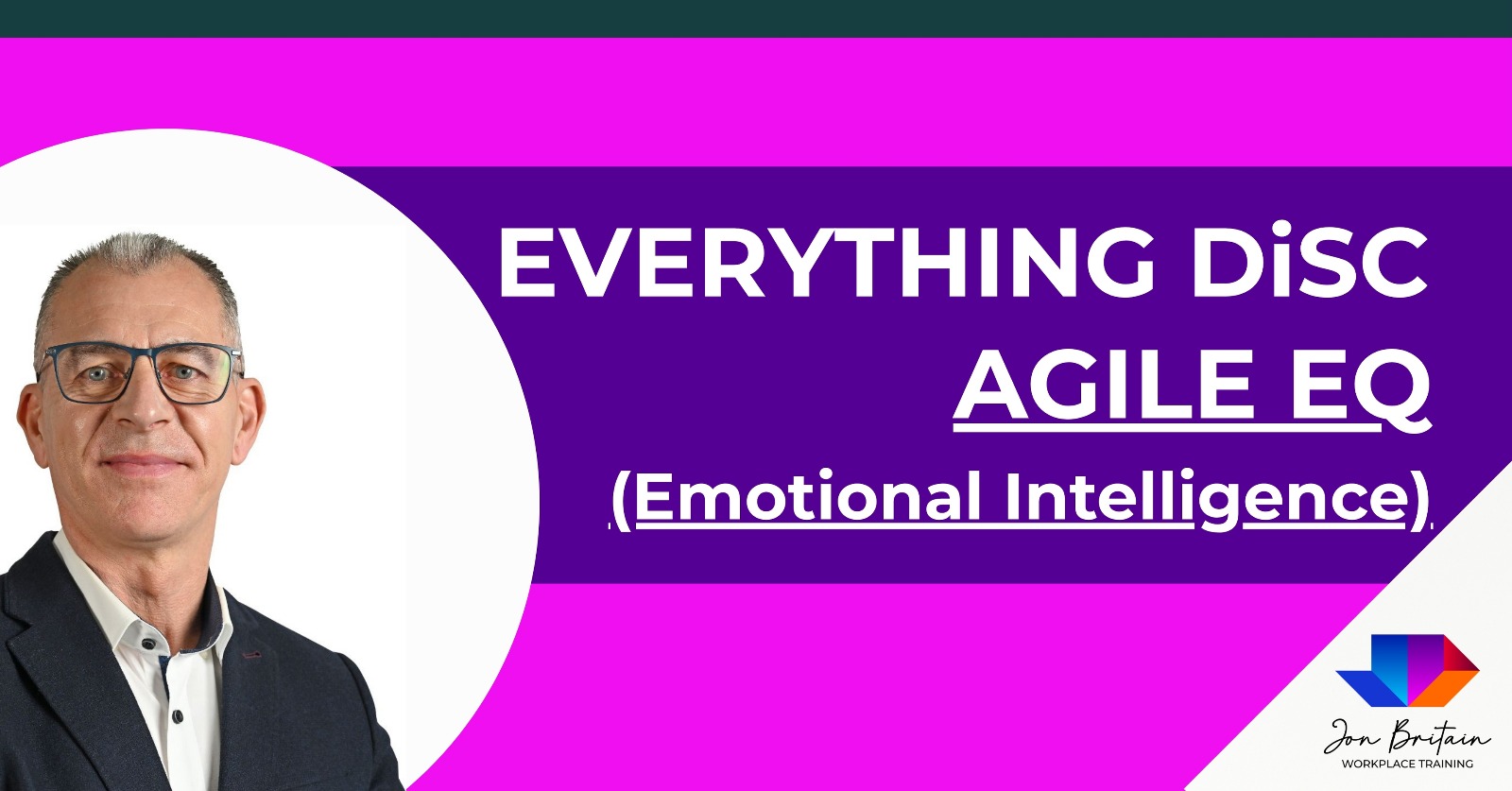(Hint: It’s Not Just Skills)
We’ve all worked with technically excellent people, but working with them is hard. The truth is, when it comes to high-performing teams, skills are only half the story.
In his bestselling book The Ideal Team Player, Patrick Lencioni rewrites the rules of what truly makes a great team member. He identifies three essential traits beyond qualifications or experience that powerfully shape behaviour, communication, and collaboration.
Let’s break them down and explore how they appear in real teams.
1. Humble: It’s Not About You
According to Lencioni, humility is the most important virtue. A humble team player isn’t interested in personal ego or taking all the credit. They’re focused on the team’s success.
Humble people:
• Admit mistakes.
• Share praise.
• Are willing to put team goals ahead of individual wins.
Example:
You’ve got a star salesperson who hits every target but refuses to share insights with the rest of the team. That person might be high-performing, but they’re not a great team player.
Humility creates trust. It builds a culture where collaboration thrives and teammates aren’t afraid to speak up, challenge ideas, or ask for help.
2. Hungry: Driven to Contribute
Great team players are self-motivated and always looking for more to do. They take initiative, go the extra mile, and are genuinely invested in the team’s success.
Hungry people:
• Look for ways to help others.
• Ask how they can improve.
• Stay engaged and proactive.
This isn’t about being a workaholic; it’s about being committed and showing up with energy. A hungry team player doesn’t wait to be asked. They spot gaps, step in, and take ownership.
Quick stat:
According to Deloitte, companies with high employee engagement (often fuelled by proactive, ‘hungry’ individuals) see 23% greater profitability.
3. Smart: People-Smart, Not IQ
Here, ‘smart’ doesn’t mean book-smart or having the highest qualifications. Lencioni uses “smart” to describe people with strong emotional intelligence who are intuitive, thoughtful, and skilled at navigating interpersonal dynamics.
Smart team players:
• Pick up on tone and body language.
• Know how to handle sensitive conversations.
• Communicate in ways that land well with different personalities.
They don’t bulldoze or ghost; they understand how to work with others effectively.
The Real Power? The Combo.
You’ve probably worked with people with one or two traits. But according to Lencioni, true team greatness happens when all three are present.
Let’s look at some common combinations:
Trait Combination The Result
1. Humble + Hungry (but not Smart) The ‘Accidental Mess-Maker’ is well-intentioned and hardworking but lacks tact.
2. Humble + Smart (but not Hungry) The ‘Lovable Slacker’ – easy to work with, but doesn’t take much initiative.
3. Hungry + Smart (but not Humble) The ‘Skilful Politician’ – ambitious and savvy, but self-serving.
Only when someone is Humble + Hungry + Smart do they become a truly ideal team player who raises the bar for everyone.
Building Better Team Players
Here’s the good news: these traits can be developed.
Organisations can support people in building self-awareness and growing in the areas they lack through coaching, training, or feedback.
That’s where tools like Everything DiSC® come in. When paired with Lencioni’s model, DiSC helps individuals:
• Understand their own behaviours and blind spots.
• Learn how to adapt communication styles.
• Build stronger, more cohesive teams.
Imagine combining DiSC’s behavioural insights with Lencioni’s clear framework; you get a powerful blueprint for building healthy, high-performing teams.
Wondering where your team stands?
Download your free “Ideal Team Player Checklist” – a practical, 2-minute tool inspired by Lencioni’s model to help you assess team strengths and spot areas for growth.
Or, book a free team discovery call to explore how DiSC and Lencioni’s model can work together to create teams that communicate better, collaborate more, and perform at their best.




